PIONEERING FLYBACK CHRONOGRAPHS
The LONGINES SPIRIT collection continues the tradition of precision instruments created by the brand to accompany the greatest explorers in their conquest of the air, sea and land. It has now been extended to include a chronograph watch with flyback function, testimony to Longines' pioneering role in developing this technology. The new LONGINES SPIRIT FLYBACK exemplifies the pioneering spirit that has driven the watchmaking brand since its earliest days, and is a fitting celebration of adventurers both past and present.
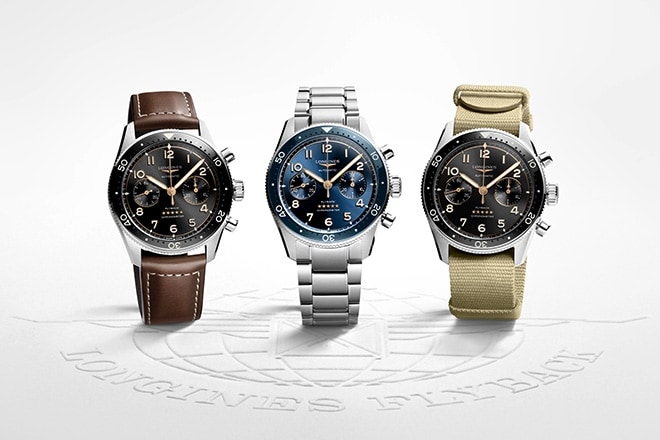
The Longines Spirit collection has been expanded with a piece featuring a flyback function, a complication intrinsically linked to the brand's rich heritage. Longines actually equipped its first models with a flyback function in 1925 and filed a patent for this on 12 June 1935. The patent went on to be registered on 16 June 1936: a world first. The particular advantage of flyback is that it gives pilots a practical and fast way of successively timing different flight stages, thus facilitating navigation.
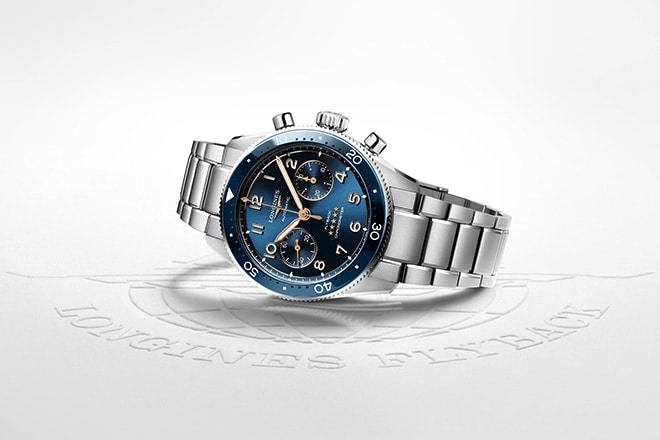
In addition, many legendary pioneers have put their faith in Longines to make the impossible a reality. Richard Byrd tops the list of those who have benefited from the brand's expertise. Equipped with Longines instruments, he was the first man to fly over the South Pole, a unique feat echoing the pioneering spirit that has guided the hourglass brand since its inception.

Buoyed by this exceptional heritage, the Longines Spirit Flyback is equipped with cutting-edge technology. A new exclusive Longines calibre, resistant to magnetism and equipped with a silicon balance spring, drives this timepiece. Extremely precise, with a power reserve of 68 hours, this movement is certified as a chronometer by COSC (Contrôle Officiel Suisse des Chronomètres). A transparent case back reveals all the details of the calibre, including a personalised weight engraved with the globe representing the Longines Spirit collection and the name Longines Flyback. A first for this emblematic line.
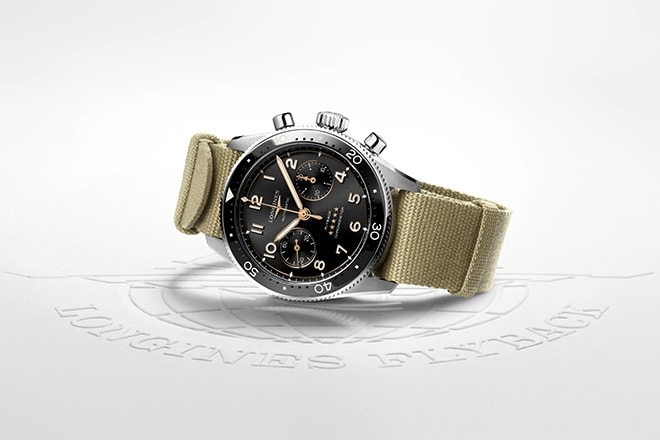
This new timepiece is also distinguished by its refined aesthetics and particularly meticulous finishes, which range between satin, matt, polished and engraved details. It features a bi-directional bezel enhanced by a coloured ceramic insert with luminescent markers. The Longines Spirit Flyback is available in a black or blue sunray dial. Its bronze-shaded hands and numerals, coated with Super-LumiNova®, enable the time to be read in every circumstances. The 42mm steel case has an interchangeable stainless steel bracelet, a brown leather or blue fabric strap. The straps have a folding clasp fitted with a new micro-adjustment system for maximum comfort and a perfect fit. A beige NATO strap is also available.
RICHARD BYRD - THE FIRST MAN TO FLY OVER THE SOUTH POLE
In 1928, the American aviator and US Naval officer embarked on his first expedition to Antarctica. On 29 November 1929, Byrd and his crew took off in their Ford Trimotor aircraft from their base camp “Little America” to attempt a flight over the South Pole. The explorer had to travel about 1,290 km (800 miles) to reach his destination, and navigated with the help of a solar compass and Longines watches. Byrd would be the first man to achieve this feat, after a perilous flight of almost 19 hours.
At the end of this adventure, Longines received the following radiogram: “The Longines instruments and chronometer watches supplied by Wittnauer Company New York have given the most satisfactory service. With hearty appreciation. Byrd Antarctic expedition.”
Byrd undertook three more expeditions to Antarctica, including one in 1939 during which he wore a Longines 13ZN watch with flyback function.
LONGINES ICONIC TIMEPIECES WITH FLYBACK FUNCTION
1925: 1st wristwatch chronograph with two independent pushers and flyback function in Longines’ archives
Longines mechanical movement calibre 13.33Z, modified with a flyback function

1928: Two pushers flyback chronograph
Calibre 13.33Z modified with a flyback function

1929: Two pushers flyback chronograph
Calibre 13.33Z modified with a flyback function. Cushion-shaped silver case.

1936: 1st serial chronograph with flyback function: caliber 13ZN
One of the most technologically advanced chronograph movements of that time. Longines files a patent for the flyback mechanism in 1935, which is granted in 1936.
Richard Byrd wore a similar model.
1937: 1st truly waterproof chronograph
Typical mushroom-shaped waterproof pushers and flyback function.
A patent is filed in 1938.
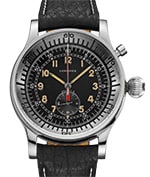
1946: Oversized Flyback Pilot’s wristwatch
Stop-seconds mechanism (cal. 12.68Z), central 60 minutes recorder.
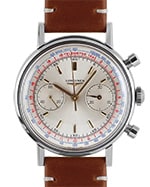
1948: Flyback chronograph 30CH
Combined with a flyback mechanism, it is fitted with a semi-instantaneous 30-minute counter at 3 o’clock and indicates 1/5th of a second.

1968: Super water-resistant Diver flyback chronograph
Wrist-chronograph patented by Longines and equipped with a seconds hand including a graduated scale of the “Vernier” type. It enables to read to the tenth of a second. Waterproof to 200 metres.


